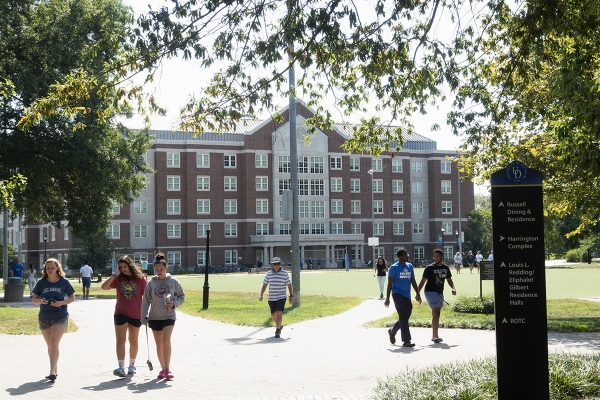College towns across the United States are facing budget challenges as they struggle to provide necessary services to their growing populations of students. One proposed solution to this problem is the implementation of a per-student tax, which would require each student enrolled in a college or university to pay an additional fee to the town in which they are studying.
Advocates of the per-student tax argue that it could help alleviate the strain that students place on local resources and infrastructure. As more students come to college towns each year, they often put additional stress on services such as roads, parks, and public transportation. By implementing a per-student tax, the town could generate additional revenue to support these services and ensure that all residents – including the temporary student population – have access to the resources they need.
Critics of the per-student tax, however, argue that it could discourage students from attending college in these towns and ultimately harm the local economy. They contend that students already contribute to the local economy through their spending on housing, dining, and entertainment, and that taxing them further could drive them away to neighboring towns that do not have such a tax in place.
Despite the debate surrounding the issue, some college towns have already implemented a per-student tax as a way to address their budget challenges. For example, in Athens, Ohio, home to Ohio University, students are required to pay a per-quarter fee to the city to support public safety services. The tax has been controversial, with some students arguing that they already pay enough in tuition and fees to the university and should not be required to contribute further to the city.
Ultimately, the question of whether a per-student tax could alleviate a college town’s budget challenges is a complex one that requires careful consideration of both the benefits and drawbacks. While the tax could provide much-needed revenue to support local services, it could also have unintended consequences for students and the local economy. As college towns continue to grapple with budget challenges, it will be important for stakeholders to weigh the pros and cons of a per-student tax before making a decision on its implementation.



